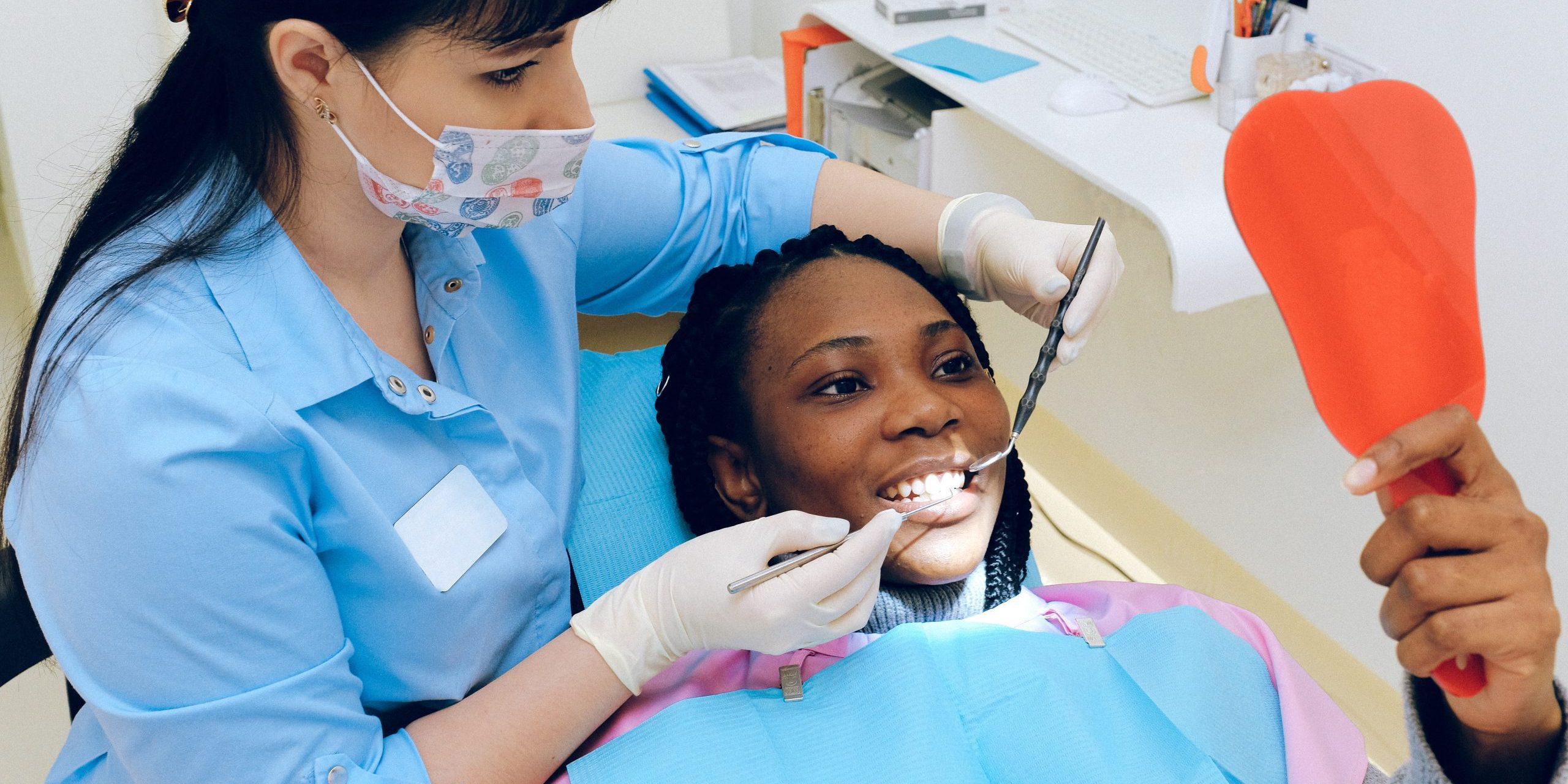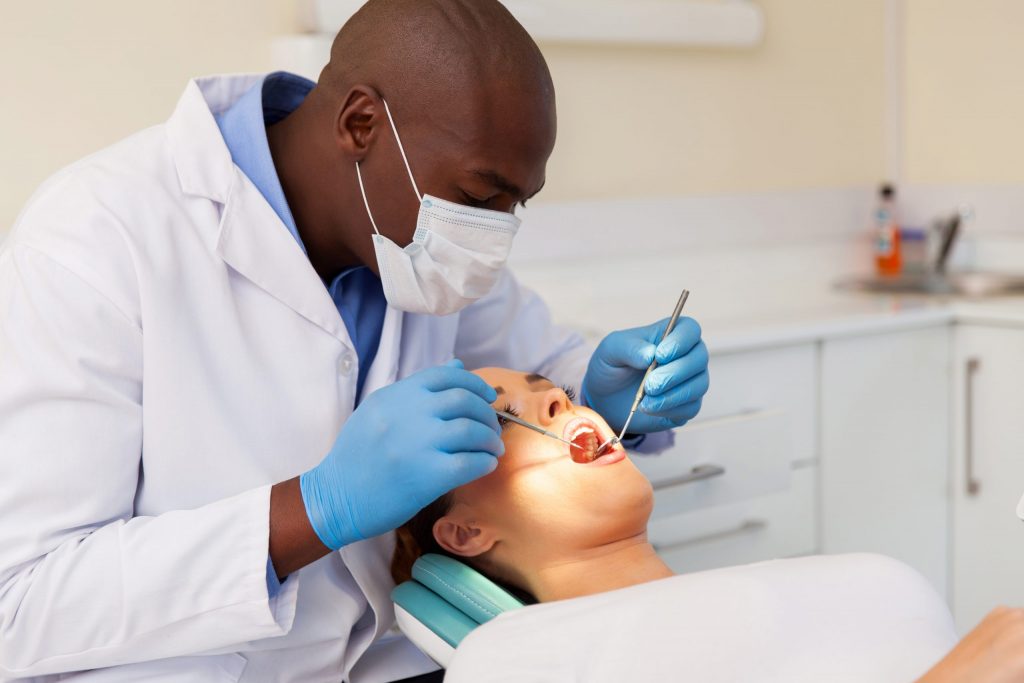Check Out the Series Of Dental Issues Dentists Typically Handle
Dental practitioners are charged with resolving a broad range of dental problems, each requiring specialized understanding and methods. From the widespread trouble of dental caries caused by microbial activity to the more insidious progression of gum tissue illness, oral specialists must be experienced at early discovery and intervention. Tooth level of sensitivity, typically arising from worn enamel, adds one more layer of intricacy, while the early identification of oral cancer cells can be life-saving. In addition, misaligned bites require customized therapy strategies to boost both functionality and visual appeals. What certain strategies do dental professionals utilize to take care of these varied challenges efficiently?
Tooth Cavities and Tooth Degeneration
Cavities, additionally understood as dental decays, are triggered by the demineralization of tooth enamel due to acid-producing bacteria in the mouth. If left unattended, dental caries can lead to considerable oral issues, including infections and tooth loss.
To identify dental caries and tooth decay, dentists utilize a mix of visual exams, oral X-rays, and in some cases laser fluorescence tools. For more innovative degeneration, a dentist may require to get rid of the compromised cells and recover the tooth with fillings made from materials such as composite material, amalgam, or porcelain.
Preventive steps are extremely important in combating cavities and dental caries. Routine oral exams, proper brushing and flossing methods, and a well balanced diet regimen reduced in sweet foods and beverages are fundamental practices that support oral health and wellness and lessen the threat of tooth decays.
Gum Disease

Periodontitis occurs when plaque, a sticky movie of bacteria, solidifies right into tartar and collects below the periodontal line. This causes the periodontals to draw away from the teeth, creating pockets that end up being contaminated. As the body's immune system battles the bacteria, the bone and connective tissue that hold teeth in position are broken down. The danger aspects for gum illness consist of inadequate oral hygiene, cigarette smoking, diabetes mellitus, and genetic tendency.
Dental practitioners diagnose periodontal illness through scientific assessment and periodontal penetrating to determine pocket depths around the teeth. Treatment may include scaling and root planing to remove tartar and microorganisms from tooth surfaces and beneath the gums. In serious cases, medical interventions like flap surgical procedure or bone grafts are essential to restore dental health and wellness. Preserving appropriate dental health and routine oral examinations are critical for preventing gum disease.

Tooth Sensitivity
Beyond periodontal illness, one more usual oral concern that people frequently experience is tooth sensitivity. Characterized by a sharp, transient pain in action to stimulations such as warm, cool, pleasant, or acidic foods and drinks, tooth level of sensitivity can significantly impact a patient's quality of life.
Several factors add to the development of tooth level of sensitivity. Hostile cleaning, using rough toothpaste, and the usage of acidic foods and drinks can erode enamel. Additionally, oral treatments, split teeth, and periodontal illness can expose the dentin. To mitigate tooth level of sensitivity, dental practitioners might suggest utilizing toothpaste created for delicate teeth, fluoride treatments to strengthen enamel, or oral bonding to cover revealed dentin. In extreme situations, more innovative therapies such as gum grafts or root canals could be needed.
Inevitably, resolving tooth sensitivity requires a thorough approach that consists of both safety nets and targeted treatments to minimize discomfort and protect the dental structures.
Dental Cancer Cells
Oral cancer, a significant and potentially life-threatening condition, often flies under the radar in routine blog here oral care conversations. This kind of cancer cells can affect any kind of part of the mouth, including the lips, tongue, cheeks, flooring of the mouth, soft and difficult palates, sinuses, and throat. Early discovery is crucial for successful therapy, yet many situations are detected at advanced phases due to subtle first symptoms.
Misaligned Bites
Misaligned attacks, also referred to as malocclusions, are an usual dental problem that can considerably impact both oral wellness and total lifestyle - eugene dentist. These conditions happen when the top and lower teeth do not straighten properly, resulting in troubles in attacking, chewing, and even speaking. Malocclusions can be categorized right into various types, including overbites, underbites, crossbites, and open bites, each providing one-of-a-kind challenges that require tailored therapy strategies
The sources of misaligned attacks are diverse and can include genetic factors, early loss of baby teeth, thumb sucking, and injuries to the jaw. Signs and symptoms often include discomfort or pain in the jaw, frequent biting of the inner cheeks, and an enhanced danger of dental caries and periodontal illness because of problem in preserving oral hygiene.
Dental practitioners and orthodontists employ a range of treatments to resolve misaligned attacks, from typical dental braces and clear aligners to extra sophisticated procedures in severe cases. Early medical diagnosis and treatment are important to stop issues such as temporomandibular joint (TMJ) conditions and unusual wear on teeth. Via thorough examination and customized therapy strategies, oral experts play a pivotal duty in dealing with malocclusions and improving clients' dental feature and appearances.
Verdict
Dental experts address a range of dental issues, each with distinctive challenges and treatment methods. Tooth cavities and tooth decay arise from bacterial task that jeopardizes tooth enamel, while gum tissue illness can escalate from gingivitis to extreme periodontal problems. Tooth sensitivity entails discomfort from thermal stimulations, necessitating details care. Early detection of dental cancer is crucial for efficient treatment. Misaligned bites influence both oral wellness and lifestyle, usually needing orthodontic or medical options to rectify.
To diagnose tooth cavities and tooth degeneration, dental practitioners utilize a mix of aesthetic examinations, dental X-rays, and in some helpful hints cases laser fluorescence tools.Beyond gum tissue disease, one more usual dental issue that individuals regularly encounter is tooth sensitivity. Furthermore, dental procedures, broken teeth, and gum disease can subject the dentin. To alleviate tooth sensitivity, dental professionals might advise making use of tooth paste formulated for sensitive teeth, fluoride treatments to strengthen enamel, or dental bonding to cover exposed dentin. Tooth cavities and tooth degeneration result from microbial task that jeopardizes tooth enamel, while periodontal condition can rise from gingivitis to you can look here serious gum conditions.